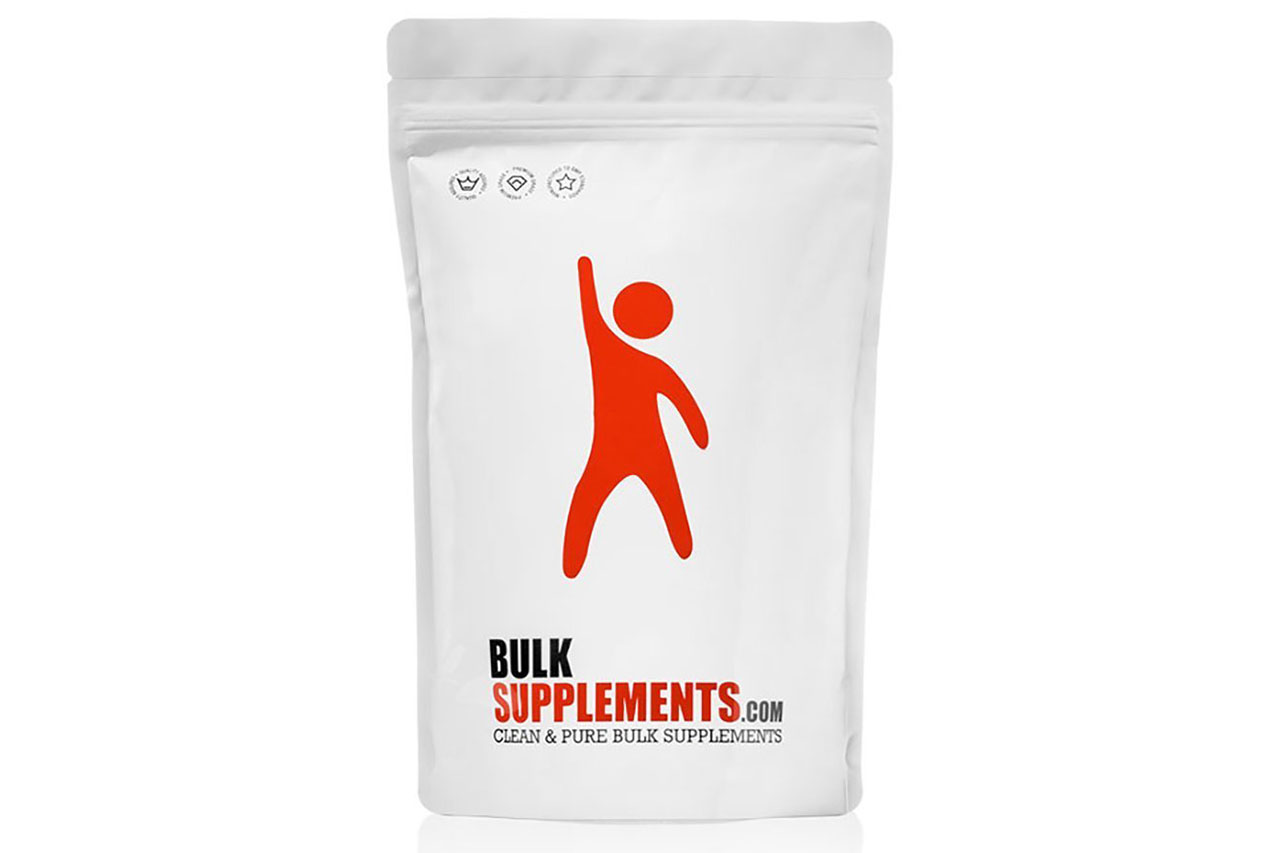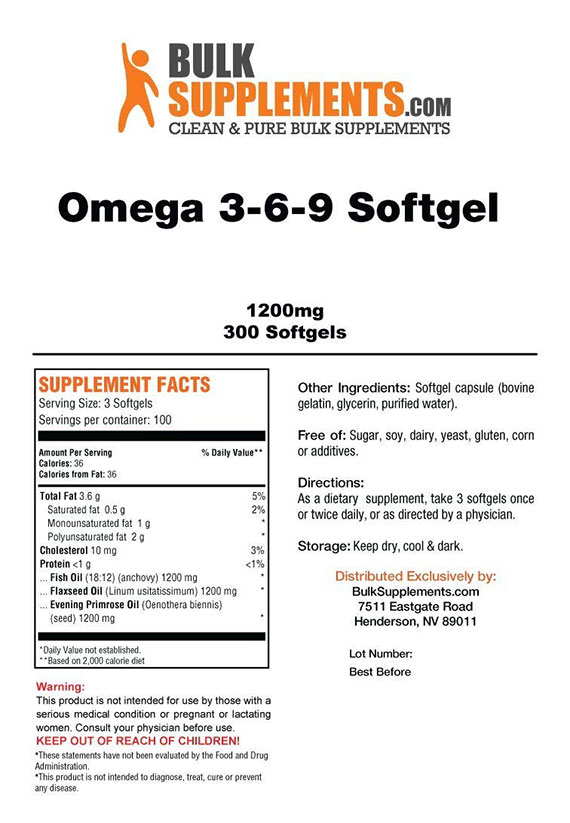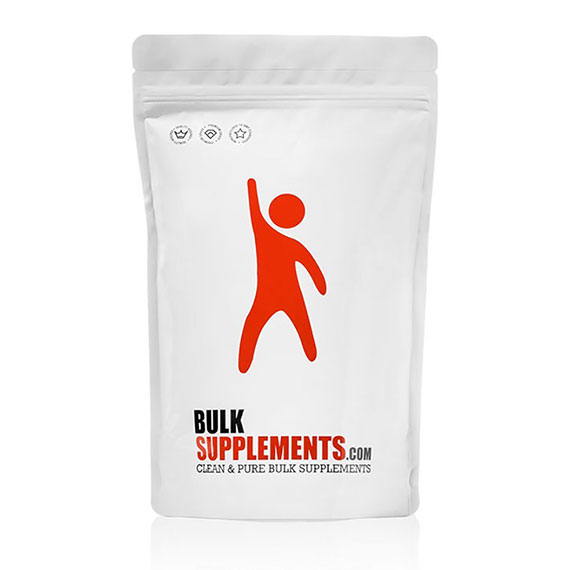Most traditional foods that have a high organic and animal products content are rich in this fatty acid, called omega-6.
However, the fast-paced, modern-day lifestyle implies the consumption of fast foods like sandwiches, pizza, etc.
All these foods are poor in omega-6 fatty acids, which means that the long-term consumption of these foods may lead to a deficit of omega-6, which therefore leads to a lower immunity and other negative effects.
What Are Omega 6 Fatty Acids?
Omega 6 fatty acids are a group of eight polyunsaturated fatty acids.
Most important for human nutrition are four of them:
- Gamma-linolenic acid (GLA)
- Linoleic (linoleic) acid (LA)
- Arachidonic acid (ArA)
- Dichomo-gamma-linolenic acid (DGLA)
The total of the four fatty acids that differentiates them into a group is the double carbon bond at position ω-6 (omega 6) in their molecular structure.
What Should We Know About Omega 6 Essential Fatty Acids?
Omega fatty acids, namely omega-6, are called essential because the human body cannot synthesize them from other non-essential substances, and they play important roles in many biochemical processes.
The body has been found to synthesize omega 6 faster (in competition) if parallel synthesis of omega 3 fatty acids occurs at the site of synthesis, otherwise it is easier for the body to digest the omega 6 EFA from the food.
In our Omega 3 Fatty Acids article, we clarified the relationship between omega 3 and omega 6.
As we know, the common between the two groups is their participation as a basic ingredient for the chemical synthesis of specific molecules called eicosanoids.
The molecules in question have short-term signaling functions for a number of processes in the body, exhibiting hormonal activity for short intervals.
In general, omega 6 s have the following functions:
- participate in the construction / composition of the cell and nuclear membranes of the cells
- regulate and guarantee many functions of the immune system together with omega 3
- have an irreplaceable involvement in the regulation of inflammatory processes and recovery
- serve as donors of signal molecules and thus participate in the processes of communication between the cells of the nervous system
Particularly, in the synthesis of eicosanoids:
-
- Arachidonic acid (ArA): produces (metabolizes) highly inflammatory stimulating molecules
- Gamma-linolenic acid (GLA) is metabolized in DMAG. The latter is transformed into eicosanoids with little inflammatory, inactive or even anti-inflammatory action. The reason for the divergence of action is the ability of different signal molecules to cause a different response depending on the type of tissue they fall into
- Linoleic acid (LA): suppresses and promotes inflammatory processes. It is a base omega 6 fatty acid and serves as a basis for synthesis of arachidonic acid and all others in the omega 6 group of the essential fatty acids, but under certain conditions LA can also be metabolized to alpha-linolenic acid to move to the omega group 3
What Are Omega 6 Fatty Acids Used For?
Proven effects:
-
-
- delay or accelerate blood clotting – depending on the type of fatty acid and tissue
- reduce the risk of heart attack (consult with a cardiologist before use!)
- assist in regulating blood pressure
- regulate, promote and suppress inflammation – according to the formula АA – (DMLA + Omega 3) and according to the type of tissue
- regulate cuts in smooth muscle fibers, including expanding or shrinking blood vessels
- reduce triglyceride levels and reduce LDL-cholesterol (inactive cholesterol) in the blood
-
What Are The Possible Harmful / Side Effects When Taking Omega 6?
The risks of over-exploitation of omega 6 are two types:
-
-
- exceeding the recommended amounts of omega 6, resulting in a distortion of the omega 6 balance: omega 3 in favor of omega 6 (in particular arachidone)
- insufficient intake of omega 6 EFA, ie. Omega 3 high
-
In the case of an imbalance:
-
-
- In favor of omega 6 (in particular arachidone), the immune response is exacerbated, which may be dangerous in people with allergies or increase pain sensitivity
- In favor of omega 6 (in particular eicosapentaenoic acid), the immune response is suppressed, resulting in susceptibility to bacterial attacks
-
What Are The Optimal Doses Of Omega 6 Acids?
The use of omega-6 EFA in addition is primarily associated with linoleic acid because, unlike arachidone that has strong inflammatory properties, the linoleic has a dual character and can be easily transformed by the body.
As you have learned from the article on Omega 3 article, omega fat is taken in balanced form.
Different sources recommend daily doses in ratios of 1: 1 to 4: 1 and even 3: 2 (omega 6 : omega 3).
The main reason for Omega 6 EFA’s predominance in the formula is their abundant presence in the vegetable oils we use.
According to most sources, the acceptable daily intake of omega 3 is about 3 grams (3000 mg).
In a controlled diet where the intake of the different groups of essential fatty acids is aligned, about 4.6 grams of linoleic acid (LA) should be taken for each 3 grams of Omega 3.
The acceptable daily omega 3 dose is 1.6 grams for men and 1.1 grams for women. (Food and Drug Administration, USA) and the corresponding one.
How To Take Omega 6?
The concomitant consumption of antioxidants and omega 6 EFA mutually reduces the effectiveness of both.
Leave a few hours interval between the different add-ons. Take the omega 6 EFA with food. Breakfast is a good time to do so.
In Which Sports And Health Supplements Can We See Omega-6?
Omega 6 EFAs are included in complex formulas together with omega 3 and less often with omega 9 fatty acids.
As part of formula 3-6 or 3-6-9, they are also used in complex formulas together with vitamins, minerals, amino acids, herbal extracts.
In such formulas, the various ingredients are divided into groups and each group of the single dose is taken in a separate schedule to avoid interactions.



